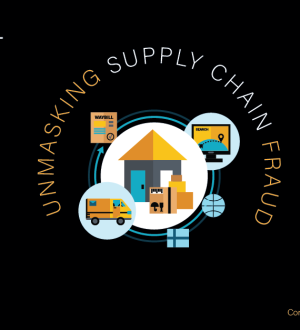
Will You Prevent Your Most Valuable Assets From Becoming Your Liability?
Manage Employee Risk
Employees are often described as the most valuable assets of an organization, but they also represent significant risks. Whether through accidental errors or intentional misconduct, employee actions can lead to substantial financial and reputational damage. Effective employee risk management is essential to minimize these risks and ensure the stability of the business.
Identifying Employee Risks
Employee risks can take many forms, including:
- Human Error: Mistakes such as sending confidential information to the wrong recipient or misconfiguring systems can expose the company to data breaches and operational disruptions.
- Unprofessional Behavior: Employee behaves in a manner that is not aligned with the organization’s values, providing substandard services which could lead to poor customer satisfaction and reputational damage.
- Insider Threats: Disgruntled employees or those with malicious intent can deliberately compromise company security by stealing sensitive data, sabotaging systems, or leaking information to competitors.
- Compliance Violations: Employees who are unaware of regulatory requirements or choose to ignore them can expose the company to legal risks, including fines and penalties for non-compliance.
The Consequences of Poor Employee Risk Management
Failing to address employee risks can have serious repercussions:
- Data Breaches: Employee actions are a leading cause of data breaches, which can result in significant financial losses and damage to the company’s reputation.
- Legal Liabilities: Non-compliance with regulations, whether intentional or accidental, can lead to costly legal battles and penalties.
- Productivity Losses: Misconduct or errors by employees can disrupt operations, leading to reduced productivity and increased costs.
Strategies for Mitigating Employee Risks
To effectively manage employee risks, businesses should implement a multi-faceted approach that includes:
- Robust Hiring Practices: Conduct thorough vetting processes to ensure that new hires are trustworthy and qualified.
- Comprehensive Training Programs: Regularly train employees on cybersecurity better practices, regulatory requirements, and company policies. Encourage a culture of compliance and awareness.
- Monitoring and Reporting Systems: Implement monitoring tools to detect unusual activity, and establish clear reporting procedures for employees to report suspicious behavior or potential risks.
- Access Controls and Privilege Management: Limit employee access to sensitive information based on their role and responsibilities. Implement strict access controls to reduce the risk of unauthorized data access.
Conclusion
Employee risk management is an ongoing process that requires attention to detail and a proactive approach. By identifying potential risks and implementing preventive measures, businesses can protect themselves from the potentially devastating effects of employee-related incidents.






